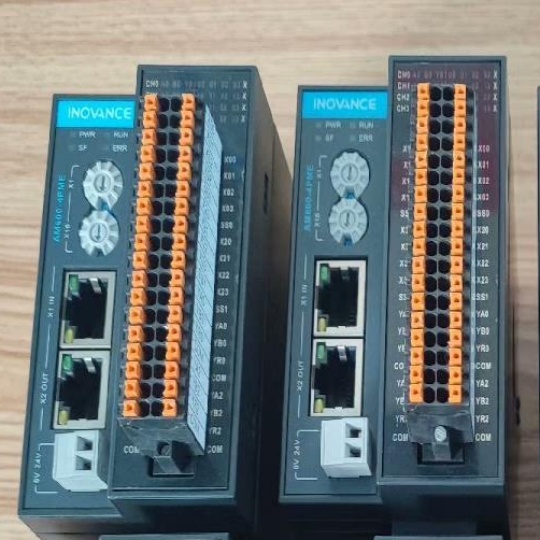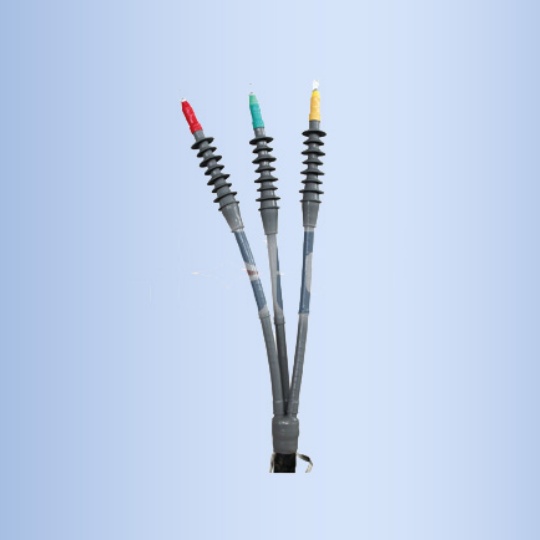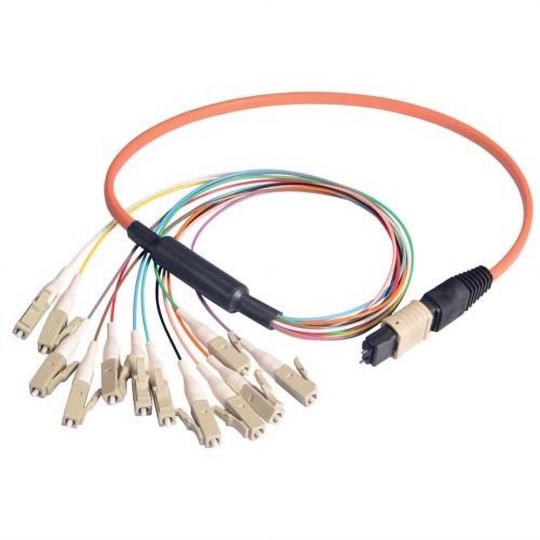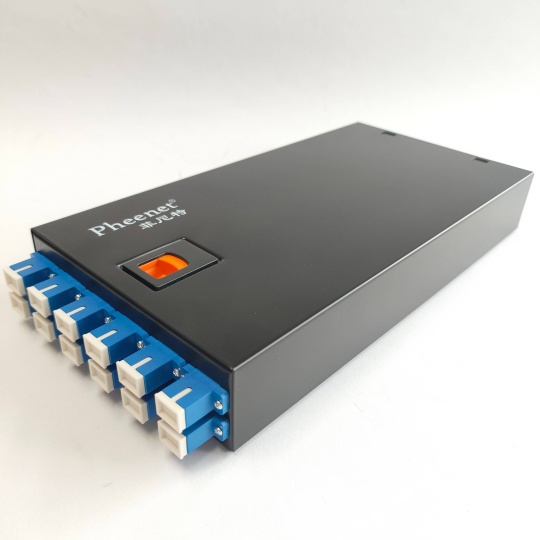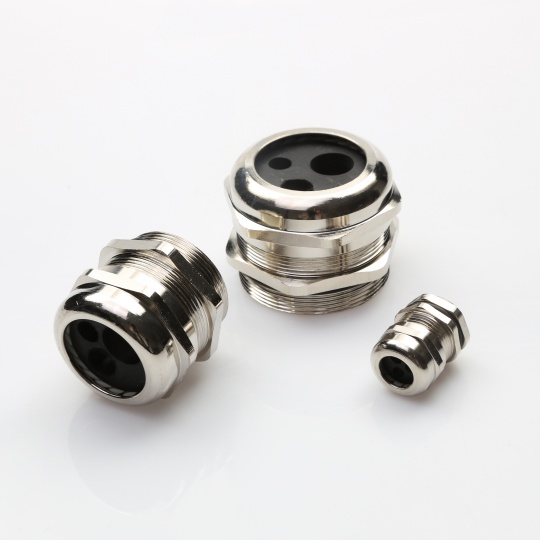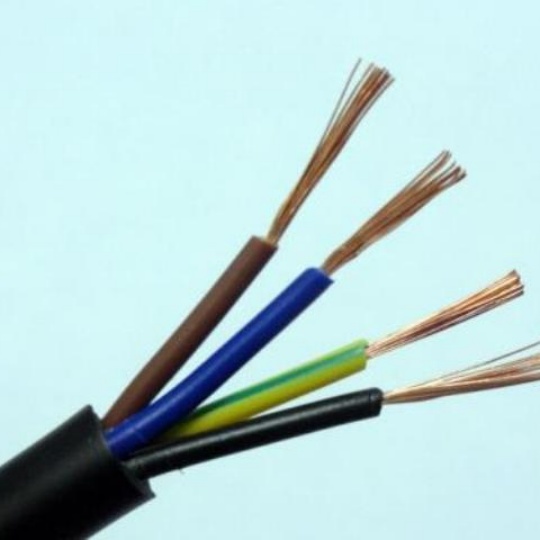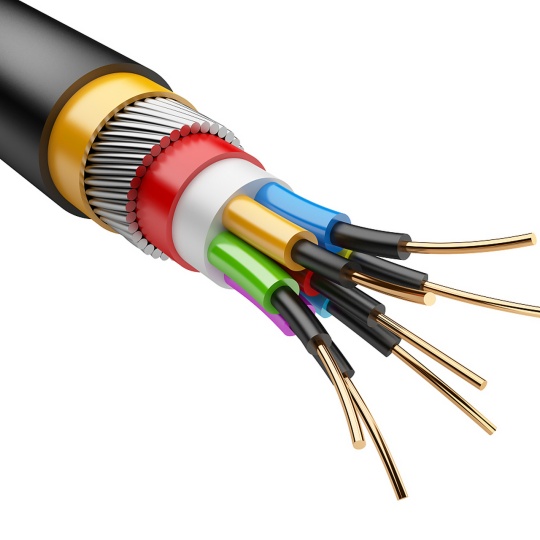How ISO 6722 Certification Enhances the Reliability of Cable Assembli...
In the automotive and industrial sectors, cable assemblies are the lifelines of electrical systems, transmitting power and signals critical to vehicle and machinery operation. However, harsh environments—extreme temperatures, vibrations, chemicals, and electromagnetic interference—can compromise their performance. This is where ISO 6722 certification becomes a game-changer. Recognized globally, this standard ensures cable assemblies meet rigorous safety and durability benchmarks, directly enhancing their reliability. Let’s explore how ISO 6722 certification elevates the quality and trustworthiness of cable assemblies.
What is ISO 6722 Certification?
ISO 6722 is an international standard developed by the International Organization for Standardization (ISO) specifically for road vehicle cable assemblies. It outlines requirements for the design, materials, and testing of single-core cables with cross-sectional areas up to 35 mm², used in 12V or 24V electrical systems. The standard focuses on:
- Conductor specifications (e.g., copper purity, cross-sectional accuracy).
- Insulation and jacket materials (e.g., resistance to heat, abrasion, and chemicals).
- Performance under stress (e.g., vibration, bending, and temperature extremes).
Certification involves third-party testing to verify compliance, ensuring cables perform reliably throughout their lifecycle.
Key Ways ISO 6722 Enhances Cable Assembly Reliability
1. Rigorous Material Testing
ISO 6722 mandates strict material standards for conductors, insulation, and sheathing. For example:
- Conductors must have a minimum copper purity of 99.9% to ensure optimal conductivity and corrosion resistance.
- Insulation materials like cross-linked polyethylene (XLPE) or polyvinyl chloride (PVC) are tested for thickness uniformity and dielectric strength.
By eliminating substandard materials, the certification reduces risks of electrical failures, short circuits, or insulation breakdowns.
2. Temperature Resilience
Cable assemblies in vehicles face temperatures ranging from -40°C to 125°C. ISO 6722 requires cables to undergo thermal aging tests:
- Insulation materials are baked at high temperatures for extended periods to simulate long-term exposure.
- Post-test, they must retain at least 50% of their original flexibility and tensile strength.
This ensures cables won’t crack or harden in extreme conditions, preventing insulation failures that could lead to system malfunctions.
3. Resistance to Chemicals and Fluids
Automotive cables are exposed to oils, fuels, and cleaning agents. ISO 6722-compliant cables undergo chemical resistance testing:
- Samples are soaked in IRM 902 oil (simulating engine oil) and reference fuel for 48 hours.
- After exposure, the insulation must show no more than a 50% change in volume or hardness.
This prevents swelling, softening, or degradation, ensuring cables maintain structural integrity in chemically aggressive environments.
4. Mechanical Durability
Vibration and bending are everyday challenges for automotive cables. ISO 6722 enforces:
- Flexibility tests: Cables are bent repeatedly around a mandrel to check for conductor breakage or insulation cracks.
- Abrasion resistance: Insulation must withstand 1,000+ cycles of abrasion without exposing the conductor.
- Crush resistance: Cables are subjected to compressive forces to simulate being pinched or crushed.
These tests ensure cables withstand mechanical stress, reducing the risk of breaks or disconnections.
5. Protection Against Electromagnetic Interference (EMI)
While not explicitly part of ISO 6722, compliant cables often incorporate shielding layers (e.g., braided copper) to meet EMI/EMC standards required by automotive manufacturers. This minimizes signal disruption in sensitive electronics like ADAS or infotainment systems.
Benefits of Choosing ISO 6722-Certified Cable Assemblies
Cost Efficiency: Fewer warranty claims and recalls due to proven reliability.
Extended Service Life: Certified cables last longer under stress, reducing replacement costs.
Safety Assurance: Compliance minimizes risks of electrical fires or system failures.
Regulatory Compliance: Meets global automotive standards, easing approvals for OEMs.


